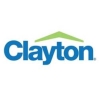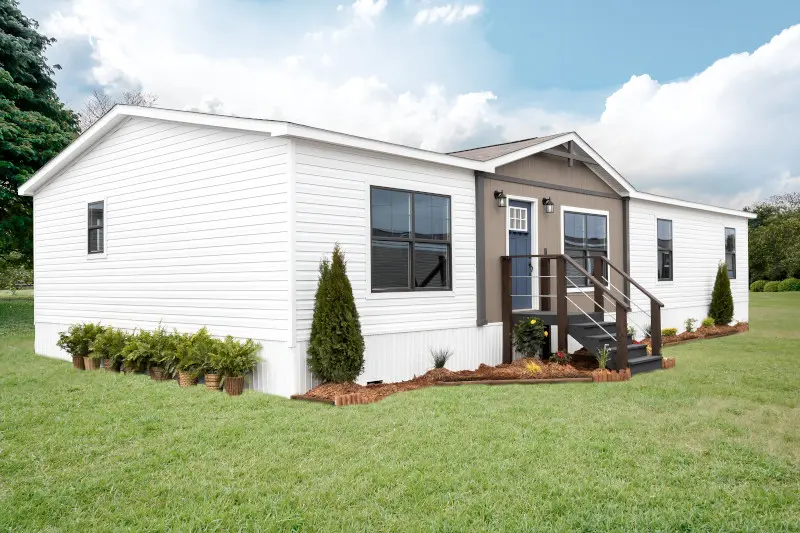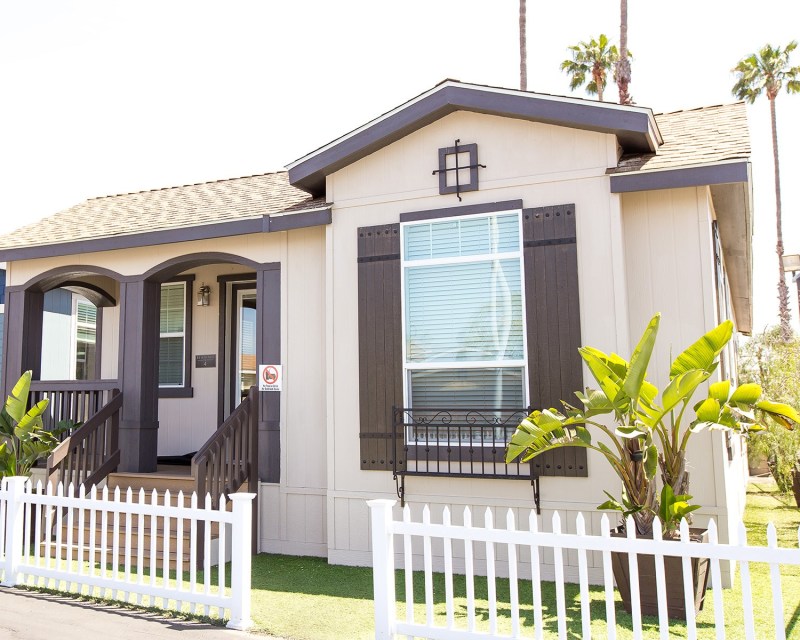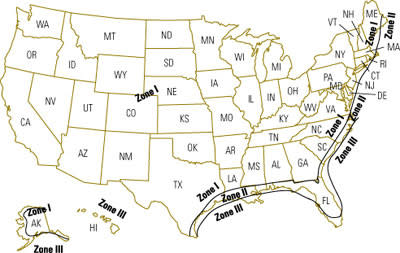How many homes are built to Wind Zone II or Wind Zone III standards?
As of July 2014, according to the Manufactured Housing Institute, 13% of manufactured homes are located in Wind Zone II and only 3% of manufactured homes are located in Wind Zone III.² Together, the two Wind Zones account for around 8.5 million homes. Most of these homes are located in Gulf Coast states with the highest amount located in Florida.²
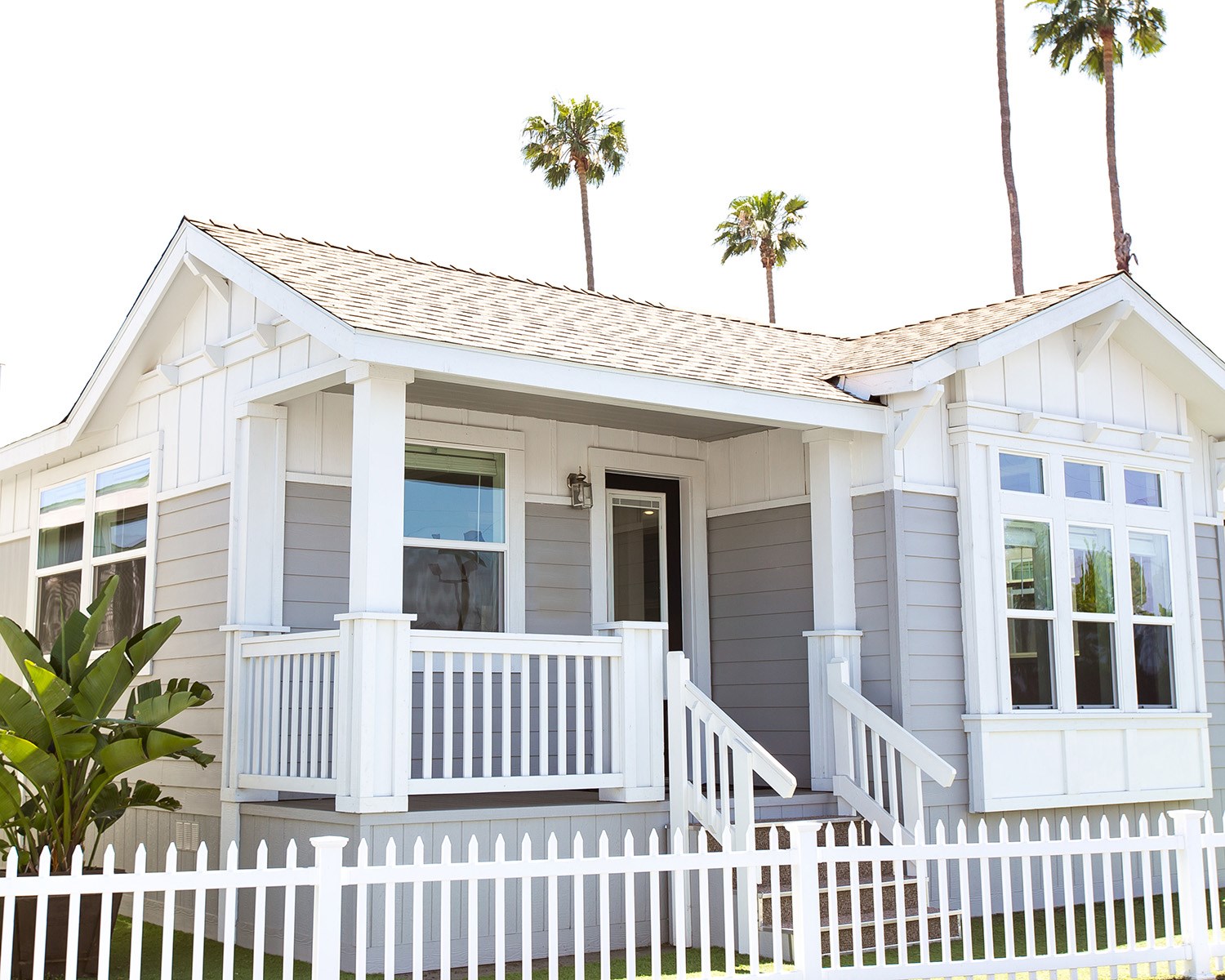
Manufactured Homes in Hurricanes Through Recent Years
A key factor affecting whether a manufactured home can survive a hurricane is the ability of the home to withstand high wind. Check out how manufactured homes have fared since improved wind building standards were implemented.
Hurricane Charley
In 2004, Hurricane Charley was the first of four major hurricanes to strike Florida in a six-week period. When it made landfall, Hurricane Charley had sustained winds of nearly 145 miles per hour.⁸
Research from the Insurance Institute for Business & Home Safety, a nonprofit organization, found that manufactured homes performed surprisingly well in the storm, and 80% of the damage homes sustained came from adjacent structures, not from failures in the home construction itself.³
Notably, an assessment of 152 manufactured home communities in Florida after all the major hurricanes of 2004 (Charley, Frances, Ivan and Jeanne) showed that no homes built after 1994 were seriously damaged.⁴
Hurricane Katrina
In 2005, Hurricane Katrina struck shore in South Florida with sustained winds of 75 miles per hour and gusts of nearly 115 miles per hour. Even with many of the homes evaluated being built in a variety of decades, manufactured homes were reported to have sustained minimal damages.⁵ It was also reported that no significant damage was seen on any manufactured home built after 1994.⁵
Hurricane Ike
In 2008, Hurricane Ike struck shore near Galveston Bay, TX, with sustained winds near 110 miles per hour. It was reported that manufactured homes near Galveston Bay withstood this hurricane relatively well.⁶ The homes mostly experienced damage to roof coverings, carports and additions, which are known to be weaker structures.⁶
Hurricane Irma
In 2017, Hurricane Irma struck shore on Cudjoe Key in South Florida with sustained winds near 130 miles per hour. Fortunately, by the time Hurricane Irma hit Naples, FL, it had downgraded to a Category 2 hurricane. Between lower wind speeds and more stringent building standards for manufactured homes, many manufactured homes in the Naples area reportedly suffered minimal damage.⁷
According to one news publication, carports suffered the most damage and some homeowners returned to their homes to find a few strips of siding or patches of shingles missing.⁵ However, many manufactured homes seemed to fare well in the storm with minor damage varying from home to home and street to street.
How to Prepare Your Home for a Hurricane
Regardless of the hurricane approaching, if a hurricane is due to strike your area, it's important to prepare your manufactured home for high levels of wind. This includes:⁸
- Boarding up your windows
- Installing hurricane shutters
- Making sure all your hurricane tie-downs are secure
- Placing sandbags under doors
- Removing loose items and furniture from patios and porches
Checking your home foundation and having an inspector verify that all your tie-downs are secure will be the most important factor in preparing your mobile home for hurricane strength winds. Always make sure that you know how your local authorities will provide instruction in case of a hurricane and follow the instructions they provide.
Newer manufactured homes are often tied down with frame anchors as a part of the foundational system. Some older manufactured homes, especially single-section manufactured homes, may require over-the-top tie-downs to ensure safety in hurricane level winds.
You can rest assured that a new manufactured home is a strong and durable home option. Not only are manufactured homes built with strength and durability, they are affordable and make beautiful homes that will last for years to come.

